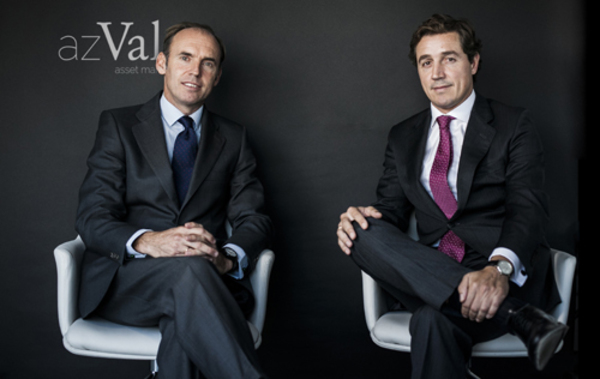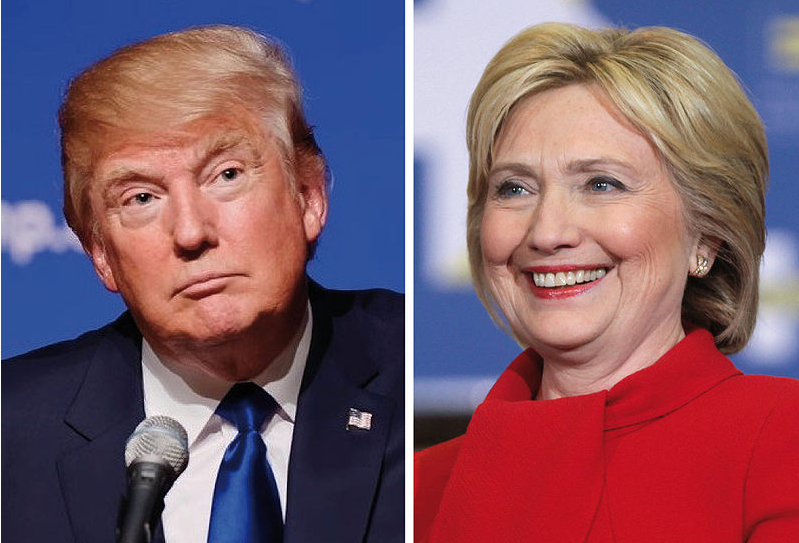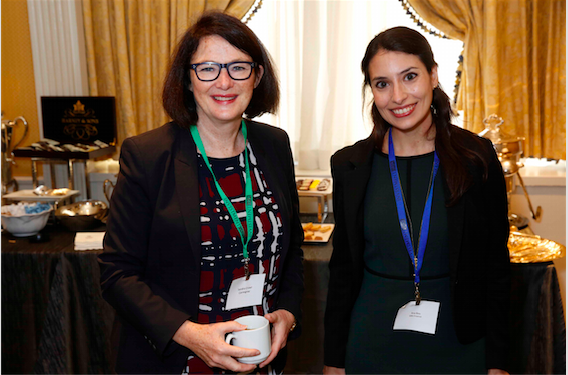The Eagerly-Awaited Tax Bill Has Been Submitted to Colombian Congress… Finally
| For Fórmate a Fondo | 0 Comentarios
Credicorp Capital’s, Daniel Valendia, Director of Research and Chief Economist, together with Camilo Andres Durán, Macro and Credit Analyst evaluate the consequences of the eagerly-awaited tax reform in Colombia.
The Minister of Finance, Mauricio Cárdenas, finally submitted the long-awaited tax bill to Congress. According to the government, the proposal indeed represents a structural tax reform as it incorporates modifications to tariffs of direct and indirect taxes, the widening of tax bases for both corporates and individuals, measures to fight evasion and avoidance, and actions to simplify the tax code.
Therefore, according to the MoF, the submitted tax bill aims not only to raise new, fresh revenues to fill the fiscal gap created by the sharp drop in oil prices, but also improve the quality of the Colombian tax system in order to foster investment and formal employment.
The tax bill came broadly in line with the overall proposal presented to the government by the Tax Experts Commission ten months ago as the main recommended changes were addressed (particularly the increase in VAT from 16% to 19% and the cut of the corporate tax to 32%), which is favorable, in their view. Likewise, some points of the reform would be implemented gradually (i.e. in several years), which is consistent with the fiscal rule and their long-held view.
The government expects the proposed bill to increase tax collection by 2.7% of GDP by 2022, above their estimate of 2.0% of GDP.
In any case, Credicorp Capital continues to acknowledge that the risk of dilution remains non-negligible after the ‘no’ victory in the peace deal’s plebiscite. Having said that, Valendia and Durán maintain the hypothesis that political incentives remain aligned for the approval of a tax reform: i) the 2017 budget, which excludes fresh revenues from a tax reform, represents no growth in real terms with investment falling 10%; thus, a tax reform would allow to introduce budget additions, which should be in the interest of Congressman; ii) considering that presidential elections will be held in May-18, political parties including those favored by the plebiscite’s results (e.g. Centro Democrático) will likely prefer to have the fiscal (big) issue solved by then.
In addition, Credicorp Capital believes that the tax bill submitted to Congress already incorporates the possibility of some dilution, providing the government room to negotiate with all political forces. Credicorp Capital would expect the current sovereign rating of BBB to be held should the size of a potential dilution not be significant.
The proposed tax bill would affect both their current 2017 GDP growth and inflation forecasts (2.7% and 3.8%, respectively) mainly as a result of the VAT increase while improving economic prospects in the longer term through higher competitiveness. Likewise, it could impact their current call for a rate cut cycle by the BanRep starting in December 2016 – first quarter 2017 to some extent, although maybe not material as the effect on inflation is a one-off. Credicorp Capital will estimate the potential effect of the proposed changes on macro variables and valuation models for Colombian equity issuers, and provide the results in upcoming reports. Undoubtedly, the debate in Congress and potential modifications to the bill will be relevant for the results:
The size of the reform. The proposed tax bill aims to increase tax collection by 2.7% of GDP by 2022 while additional resources for 0.6% of GDP from higher formalization would be also expected, so that total fresh revenues could amount about 3.3% of GDP by that year. For 2017, the increase in tax collection would be close to 0.8% of GDP, in line with the required decrease in fiscal deficit by 0.6% of GDP according to the fiscal rule.
VAT from 16% to 19% from 2017 onwards. The tax bill proposes to increase the VAT tax by 3pp to 19% as soon as in 2017, in line with the recommendations of the Experts Commission. Credicorp Capital expected a gradual implementation to avoid a material impact on both inflation and private consumption. That said, Credicorp Capital thinks that this decision was made considering that basic products such as food and education will continue to be excluded/exempted vs. a low but positive tariff proposed by the Commission (5%). In any case, Credicorp Capital does not rule out that a gradual implementation in the VAT hike may be the result after the debate in Congress. In that sense, the final one-time impact on 2017 inflation can be much lower than thought at first glance; likewise, the government estimates that the impact on the 2017 GDP will come primarily from lower private consumption growth by 0.3pp vs. the scenario without tax reform.
New home sales. The sale of new housing units exceeding COP 797 million will have a 5% VAT rate. At the same time, the government stressed that the social interest housing programs for low income individuals will not have any VAT.
Corporate taxes. Under the proposed tax reform, the corporate tax structure in Colombia will be simplified as there will be just one enacted tax compared to four different schemes under the current regime. In that sense, the wealth tax will disappear by 2018 as originally planned. Major firms (i.e. those with a net income above COP 800 million) will have a corporate tax rate of 34% in 2017 with a surcharge of 5% for a total rate of 39%. The corporate tax rate for 2018 will placed at 33% with a surcharge of 3% for a total rate of 36%. Finally, the corporate tax rate from 2019 onwards is expected to decline towards 32%. Recall that under the previous tax reform, the corporate tax rate for 2017 and 2018 was placed at 42% and 43%, respectively. Last but not least, the new tax reform considers an exemption of VAT tax on capital goods; in other words, companies will have a tax benefit for investing in new technologies, machines, and the overall expansion of the business.
The government also plans to foster job creation. The new tax reform sets a decline of the employer’s contribution towards health and pensions for those with a salary above 10 times the monthly minimum wage. The government’s total goal in terms of formal employment with the reform is the creation of 255,000 jobs.
Tax on dividends. The tax bill includes this provision as it was expected. Accordingly, local individuals will be charged (starting in 2017) with a tax rate of 5% if dividends reach between COP 17.8 million and COP 29.7 million per year, while the rate may increase towards 10% should dividends exceed COP 29.7 million. Meanwhile, the tax on dividends for foreign investors will be placed at 10%. Importantly, local firms will not be subject to the tax on dividends.
Income tax for individuals. The structure will be simplified through maintaining only one system (ordinary rent) vs. three currently (ordinary rent, IMAS and IMAN). As expected, the tax base would be increased for individuals, so that the income tax will be paid for those earning above COP 2.7 million per month vs. COP 3.5 million currently from 2018 onwards. Likewise, the cap to exemptions for individuals will be 35% of the total income with a maximum amount of COP 104 million. Overall, the reform aims to make the system more progressive.
Evasion. Among other measures, the tax bill proposes imprisonment between 48 to 108 months for those omitting assets or declaring non-existent liabilities above COP 5 bn and a penalty equivalent to 20% of the value of the non-declared asset or non-existent liability. Likewise, more inspectors will be hired in DIAN.
Financial transaction tax (4×1000). As broadly expected and in line with the Experts Commission recommendation, the 4×1000 tax will be permanent.
The non-profit organizations regime (ESAL). This measure aims to reduce tax evasion and avoidance through the use of this scheme, and to control the proper fulfillment of the social function of such organizations. Currently, non-profit organizations operate under a special tax regime. This regime will remain ahead, although a stricter classification and verification of such entities will be implemented. In particular, the DIAN will oversight non-profit organizations and the compliance of the requirements to remain under the special tax regime. The government will create an information system in which non-profit entities should declare their organization charts, payments to executives, donations, investment programs, current and future projects, among others. Any direct or indirect distribution of income to shareholders or founders of these entities would be prohibited due to their non-profit status.
Monotax (Monotributo). It aims to formalize the small retailers and to simplify the transaction process of their tax dues. Retailers could choose between this new regime and the current income tax, as the Monotax does not imply an additional charge. The MoF declared that the main target of this tax is to create benefits to small retailers rather than to collect high additional revenues for the government. Formalization would allow small retailers to have access to the financial system, and a better social security.
Sugar-sweetened beverages and cigarettes additional tax. The cigarettes’ price in Colombia is among the lowest in the world; the target is to converge towards the region’s average. Thus, the specific tax on cigarettes will triple in 2017, and will be indexed to inflation (inflation + 4%) from 2018 onwards. Moreover, the sugar-sweetened charge will be COP 300 per liter. Those taxes add to the VAT in each case.
The eagerly-awaited reduction of the TES withholding tax for foreigners was not included in the tax bill, contrary to expectations. Credicorp Capital believes that this was mainly due to concerns regarding financial stability, as foreigners’ share on the TES COP market has increased from 24.7% in February 2016 to 32.8% currently. Thus, the withholding tax would remain at 14%.




